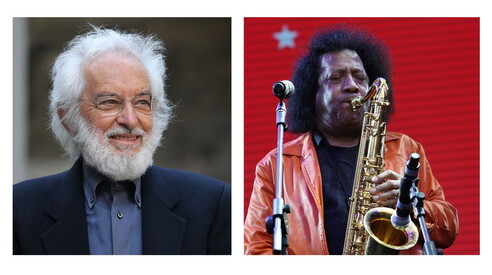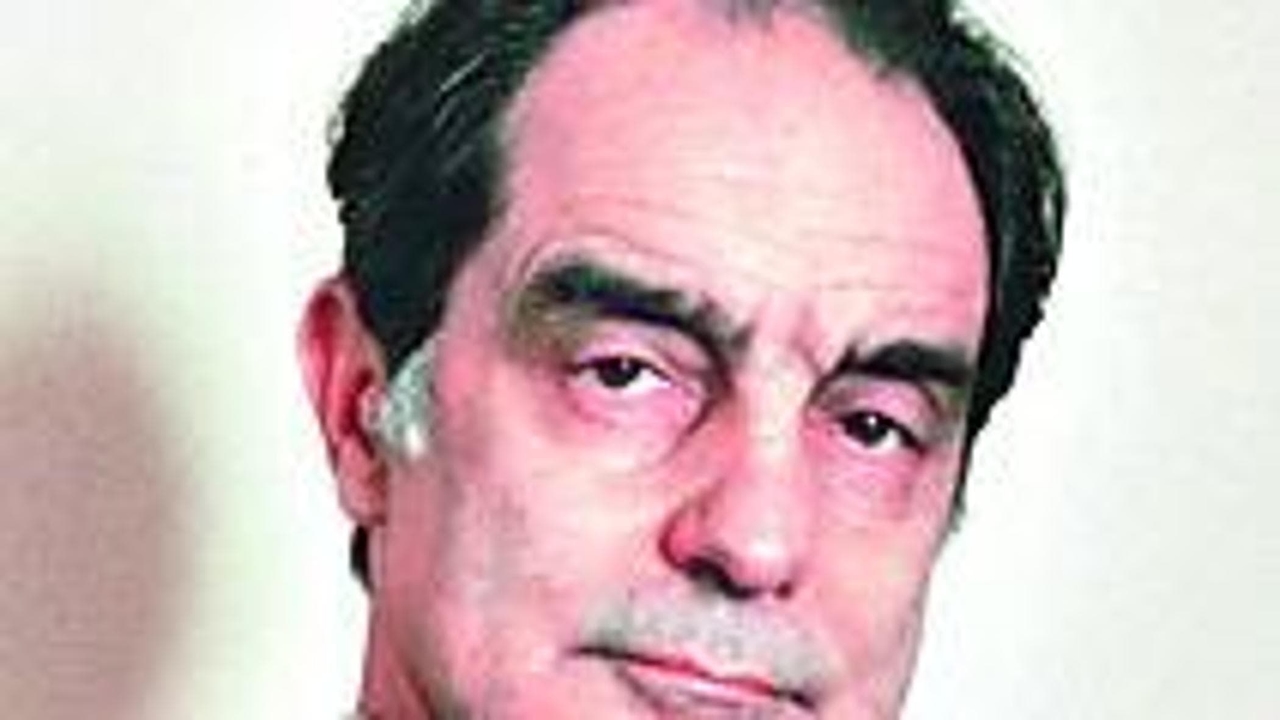With Mimmo Jodice and James Senese, two souls of Naples are lost


LaPresse
Let us bid farewell, without rhetoric, to two children of war, who sought images and notes and were already living history. No one, recounting the city's last half-century, can ignore them.
Through curious coincidences we may never understand, Naples has said goodbye to two illustrious sons in just a few hours: photographer Mimmo Jodice and musician James Senese have passed away , but the mark left by both will endure, because no one, telling the city's story over the last half century and beyond, can ignore them. They reinvented but did not forget, through images and sounds, that great, weighty yet precious world we generally call tradition. Those who ignored it are already forgotten; those who transformed it without forgetting it will be unforgettable.
Let us bid farewell, without rhetoric, to two sons of war, Jodice and Senese, who sought images and music and were already living history. If a black American soldier hadn't loved a girl from Naples, there would have been no Senese's saxophone, no Neapolitan Power, a sonic blend that testified to the encounter between cultures that could only find the right fusion and open new paths in the city's two-faced and permeable habitat. This son of the Tammurriata Nera was crucial to the artistic future of the very young Pino Daniele, who also grew up thanks to the influence of the Napoli Centrale group, while the city's diverse scene also revived folklore with the Nuova Compagnia di Canto Popolare, but did not block the path of the "renegade" Edoardo Bennato.
Jodice, eleven years older than Senese, had already established himself in photography , collaborating with Warhol, Pistoletto, and Beuys , establishing it from Naples to an independent status, eventually winning it the first Italian professorship at the Academy of Fine Arts. Stripping the image of oleography, he captured cholera, street urchins, and mental institutions on film when it seemed art needed to fight to legitimize itself. He then broke away from them to explore the anthropology of myth, Mediterranean civilizations, and the dreams behind facades. Like Senese, he leaves behind among his teachings the proof that true artists always choose the path of freedom, and that one can look out over the "street festivals" to understand them, but then one must leave.
Senese loved Coltrane and Mario Merola, Jodice pursued the invisible ; both decided to stay and die in their city, even if only out of an Eliot-like desire to "prop up its ruins." To return to the symbols (I typed "sogni" on the keyboard, and maybe it was fine anyway), which we won't understand and which connect different destinies in the adjoining farewell, the story of Mimmo Jodice and his son Francesco, an international visual artist, was told a few days ago in the documentary "Oltre il confine" at the Rome Film Fest. Senese, on the other hand, will appear in the biopic "Je so' pazzo," dedicated to Pino Daniele, which producer Filippo Valsecchi has just released. The actor who plays the musician looks just like him, and I asked how they found him: "We saw him on the street, walking through Naples." Eyes and ears. Dreams and symbols.
More on these topics:
ilmanifesto





